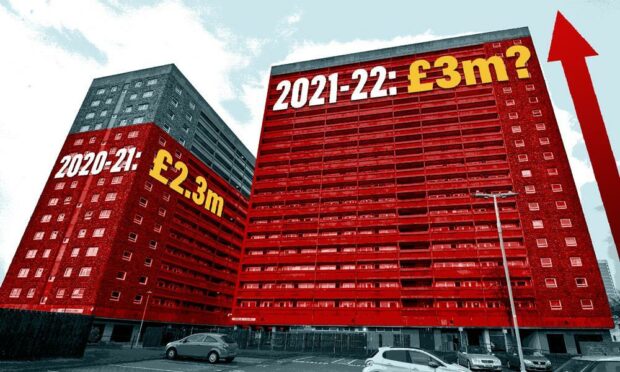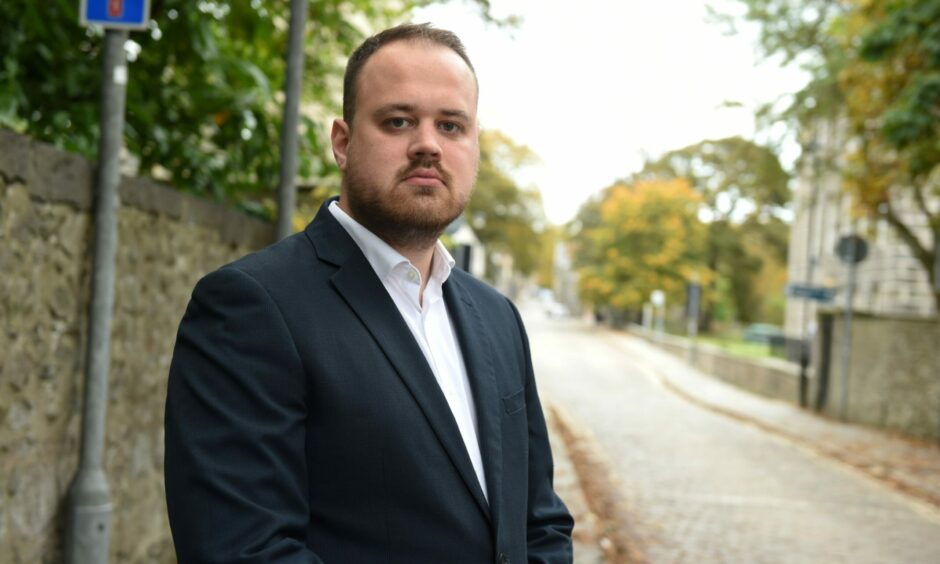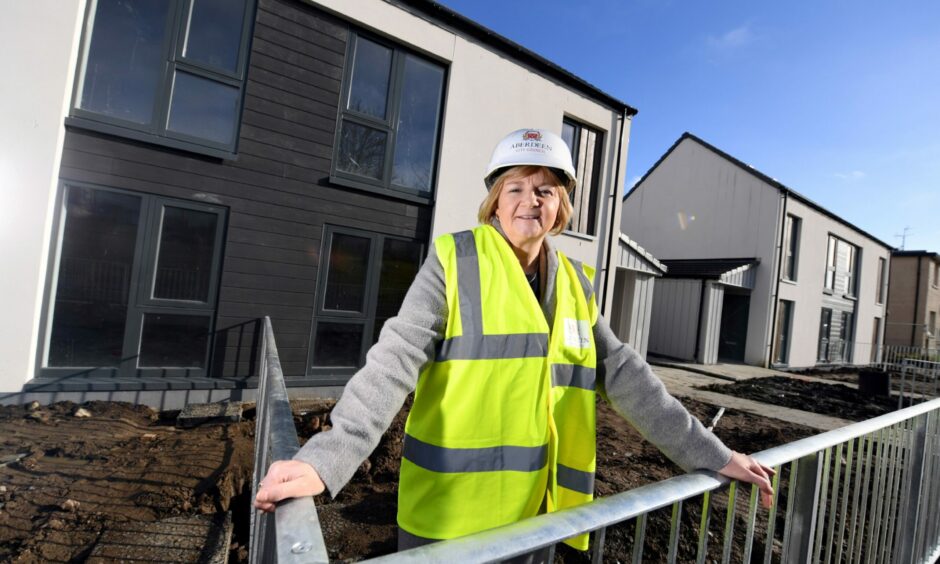Empty council homes in Aberdeen are costing more than £250,000 a month – as thousands in need remain on waiting lists.
Town House chiefs have blamed “three significant issues” – the pandemic, changes in the local rental market and the availability of trades – for the mounting backlog of properties remaining vacant.
Almost 930 sit ready to be occupied, as the waiting list of would-be tenants approaches 5,250.
Nearly 3,800 of those waiting have been assessed as having “a housing need” by council staff, who prioritise cases based on how urgently a home is required.
But councillors have now agreed on a mass overhaul of the system, as it emerges nearly 60% of all those offered council homes are turning them down – mainly because tenants don’t like what they are being offered.
Empty Aberdeen council homes potentially a £3m problem
Top officials have confirmed empty homes cost Aberdeen £2.26 million between April and December with lost rent a major contributing factor – raising fears the total hit to council coffers could breach £3m if there is no change before March.
For the whole of 2020-21, “voids” – councilese for vacant housing – cost £2.3m, nearly £60,000 less each month.
By comparison, the problem cost the local authority – which has embarked on a significant housebuilding programme in the last five years – £1.36m in 2015-16.
Another 320 homes – either recent buybacks or in need of repair when the keys were returned – are being brought up to scratch, taking the total empty council properties to 1,251.
SNP operations spokesman on the council, Alex McLellan, said: “In the last six years, under council leader Jenny Laing’s watch, we’ve seen the number of empty council homes more than double to around 1,250.
“Not only is this excluding families from these homes, it’s costing the council over £2m in lost revenue. It is clear the administration has taken the eye off the ball here.
“The increase in empty homes is actually more than the council has built since 2017, completely undermining the point.
“We need to get this under control and get folk into these properties as a matter of priority.”
Council leader dismisses voids problem as ‘spin story’
Councillors last week unanimously agreed his suggestion to look at putting together a cross-party working group to cut the soaring cost.
However, Mrs Laing claimed the troubles – flagged by council directors in official documents and at a meeting last week – were a “disappointing SNP spin story that does not stand up to scrutiny”.
The Aberdeen Labour leader hit out at the 929 for-let – but empty – homes being counted as “void”, despite Town House chiefs being the first to do so.
She told Aberdeen Journals: “There is no doubt getting void properties back into use can at times be challenging.
“Often, we are unable to re-let council housing immediately following a previous tenant’s neglect.
“The 929 are available to re-let with tenants being allocated on an ongoing basis.
“I fully understand that the SNP is politically envious of our ambitious 2,000 Gold Standard new council house build programme but no amount of disruption tactics will shift our focus away from improving the lives of our council house tenants.”
There are currently around 22,000 council homes in Aberdeen, meaning one in every 20 is empty.
Perhaps reflecting the change in rent prices in Aberdeen, nearly 200 people have left the council housing system for the private market or for another landlord.
While the average vacancy is shortening, it was still around 99 days at the end of November.
Explained: How Aberdeen can fix the city’s ‘inefficient’ council housing list
Simply put: they are going to let people choose where and how they would like to live.
A move to choice-based letting (CBL) – similar to Aberdeenshire, Angus and Edinburgh – is intended to slash the length properties sit empty.
Officials hope the new system can be in place this year, allowing them to advertise available properties online for prospective occupants to bid on.
Those without internet access will still be included, housing staff have promised.
Who gets the home will then be decided using the council’s existing points-based selection process, which is based on need.
How has CBL worked elsewhere?
Two years ago, the average turnaround between council housing tenants in Edinburgh was 29 days – in the Granite City that year, the average vacancy was just below 70.
Potential tenants refusing the offer of a property is a root cause of Aberdeen’s multi-million-pound problem, and one the shift to CBL is hoped to help with.
The capital is a particularly useful comparison as both cities have roughly the same numbers of council housing.
Last year, more than 2,400 offers of a home in Aberdeen were turned down using what council bosses admit is a presently “inefficient” allocation system.
Finance chiefs have estimated the work on those accounted for 60% of staff efforts and added another £60,000 to the stack of public money lost.
It also keeps the housing waiting list full, as those turning down what the council deems a “reasonable offer” are put on hold for 12 months.
“Every day a property is empty is one that a family does not have settled accommodation,” council director Mr MacDonald admitted.


